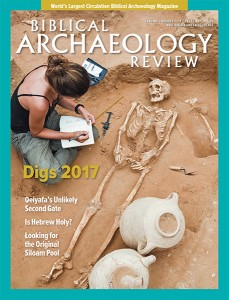ReViews: From Biblical Origins to Life Today

Reinhard Pummer has written another excellent book on the Samaritans. This one traces the history of the people from Biblical times to the present. He assesses all things Samaritan: their scripture, traditions, worship, holy days, marriage, funerals, demographics, topography and relevant archaeological data, both in the Land of Israel and in the diaspora. The book is both informative and readable.
Probably the most important issue regarding the Samaritan people is their relationship to the people of Judea, that is, to the Jewish people. Pummer faults modern scholarship for all too often accepting the tendentious and biased account in Josephus (mostly in Antiquities 11, though see also Antiquities 9.288–291 and 10.183–184), which itself is based on a jaundiced reading of 2 Kings 17:24–41. In places Josephus is simply mistaken, often with respect to chronology and demographics. Pummer concludes, along with a number of other scholars in recent years, that the “Samaritans are not a sect that broke off from Judaism, but rather a branch of Yahwistic Israel in the same sense as Jews.” This issue is no mere academic debate, but a very relevant issue today for Samaritans living in the Land of Israel.
For Samaritans, the only authoritative Scripture is their version of the Torah, which is in Hebrew and is not greatly different from the Masoretic text of the Hebrew Bible. A number of other writings hold quasi-authoritative status, including several commentaries.
Already a library member? Log in here.
Institution user? Log in with your IP address.

